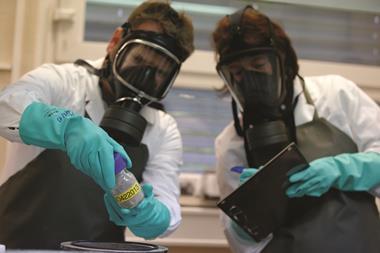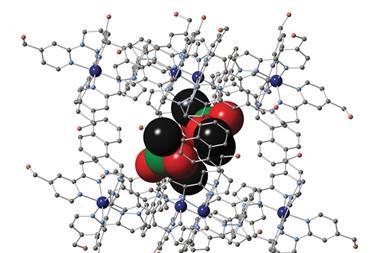Hypercrosslinked polymers absorb deadly agents
UK researchers have shown that polymers can absorb chemical warfare agents. When dried, the densely crosslinked polystyrene networks can swell to accommodate organic molecules. They can therefore act not just as universal sorbents for soaking up a wide range of chemicals, but also as a new way to decontaminate stockpiles of chemical weapons.

Chemical weapons’ toxicity means that research into decontamination methods is often limited to simulants and not the real chemical agents. Initially the team, led by Michael Briggs and Dave Adams at the University of Liverpool, tested several polystyrene networks with a range of simulants. Trained personnel at the Defence Science and Technology Laboratory then exposed the top-performing polymers to chemical warfare agents including sarin, sulfur mustard and VX, the poison claimed to be responsible for killing Kim Jong-nam. A gram of dry polymer could absorb as much as 20ml of chemical weapon.
References
This article is free to access until 26 April 2017
C Wilson et al, Polym. Chem., 2017, DOI: 10.1039/c7py00040e












No comments yet